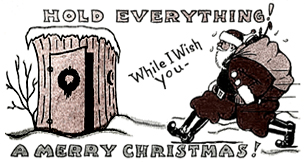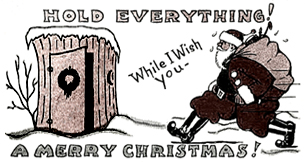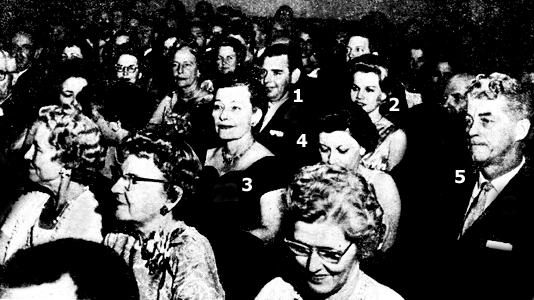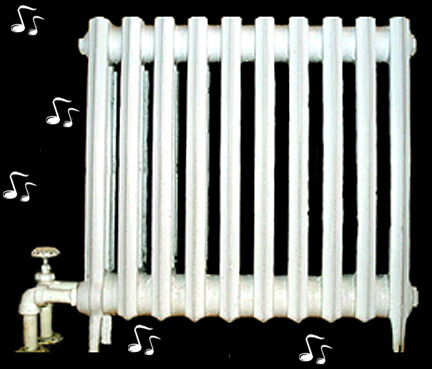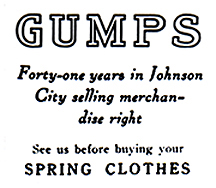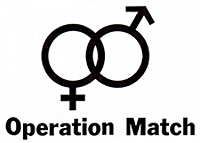Each April between about 1928 and 1949, an eagerly awaited event transpired in Johnson City; the J.J. Page Carnival had come to town. This popular mobile enterprise of exciting rides, exotic sideshows, tasty food and enticing games generated masses of people, as the show migrated to towns and communities throughout nine southern states.
In 1923, John Page married Minnie Miller, daughter of Johnson City alderman and building contractor, Albert S. Miller. Thus began this family’s affiliation with our city. When the future entrepreneur’s sideshow later became a reality, Mrs. Page convinced her husband to choose Johnson City as its five-month winter headquarters. The first quarters were located in warehouses on West Main Street until land and buildings were purchased at the corner of Watauga and Love Street adjacent to the railroad tracks. It remained here for its approximately 21-year run.
The carnival operated at two separate locations over the years. The first one was the entire block opposite Memorial Stadium where the Municipal Building is now located. The other site was a large field farther east on E. Main and southeast of the intersection with Broadway. Page owned all rides and shows but leased space to food venders to peddle their gastronomic delights at the heavily attended event. The carnival’s presence contributed significantly to the local economy with purchases of food, clothing, lumber, paint, hardware and sundry other supplies. Since there were essentially no amusement parks in those pre-1950 years, the carnival’s sojourn at “Johnson’s Depot” was a divertive occasion for one and all.
I attended the Page Circus with my parents several times in its waning years of the late 1940s. I recall the powerful spotlight that circled the skies at night over the city, announcing the carnival’s presence in town. The powerful beam came from one of two large luminary devices located along the east end of the grounds.
As a youngster, I found the musical merry-go-round, or hobbyhorses as we called them, to be my ride of choice. At each stop, youngsters scurried on board for a chance to occupy an outside horse. Once the ride was in motion, the outside riders leaned out and attempted to snatch a ring that had been suspended there by the attendant. The winner was later awarded a prize. Only those riding outside steeds had the opportunity to win.
The carnival had a drab almost primitive look compared to today’s colorful fairs and theme parks. The dozen or so rides they operated were plain and simple. Everyone’s favorite was the Ferris wheel. Over time, sideshows became the main focal emphases for management because they attracted more patrons.
Former Press correspondent John Moss once recalled the Page Carnival in an article titled “Traveling Fantasyland.” He wrote: “No fewer than nine shows rounded out the midway. These included a large sideshow featuring about 10 acts, a minstrel show, a burlesque revue and an illusion show. A motor dome thrilled crowds as they watched daredevils ride motorcycles around a vertical wall. The athletic show, usually referred to simply as the ‘at show,’ featured wrestlers who challenged local men to stay in the ring with them for a specified length of time. The few who succeeded were awarded cash prizes. Another attraction titled “Congo” featured a wild man who frightened spectators as he presided over a pit of snakes and chickens.”
I recall attending one “freak show,” billed as a horrendous looking “bearded lady.” This “physical oddity” turned out to be a rather normal looking woman with slightly more than a hint of facial hair. For this, I wasted my entire weekly allowance of a dime. A 1948 photo from our family album shows three Page Carnival attractions: “Circus Sideshow,” “Electra” and “Punch and Judy Family.” The latter was a puppet program. The Page traveling show eventually grew in size to employ over 200 people, with about 40 of them returning in late fall to refurbish ride equipment during the winter break. During 1947, a tornado ripped through the city, damaging rides and slashing tent canvas. Since this malady occurred before the gates opened, there were no reported injuries.
The J.J. Page chronicle began in 1889 in rural southeast Virginia. After running away from home at age 12 and joining a traveling circus, John later switched to a carnival, which he believed offered a more diverse offering of attractions. The carnival came into existence around the turn of the century when performers became convinced that an agglomerate of simultaneous sideshow acts would be more profitable than one continuous show with entertainers waiting their turn. Page worked his way up through the ranks until 1925 when he and a partner formed the Page and Wilson Shows, traveling by rail across the Southeast.
After serving an apprenticeship for two years, the businessman formed his own show that he appropriately named the J.J. Page Shows and Exposition. The new aggregation traveled by truck and initially wintered in Augusta and Rome, Georgia. After J.J. Page died in 1945, his widow ran the carnival four more years, until she leased and eventually sold most of the rides to other carnivals and amusement parks. The carnival’s “first lady” died in 1975. The Pages fondness for Johnson City and its people is borne out in the fact that they chose Monte Vista Cemetery as their final resting place.
The giant barn and smaller buildings that once housed the carnival equipment during its winter retreat stood for several years as an aide-memoire of that cherished annual event of yesteryear.
